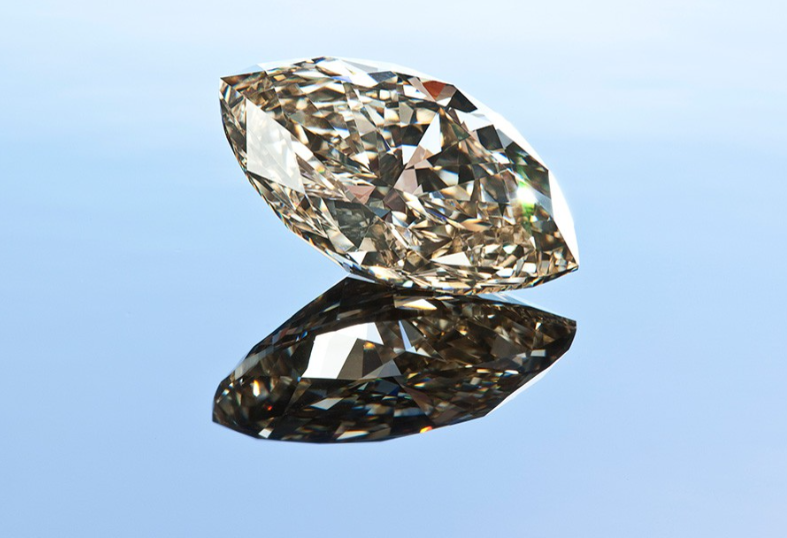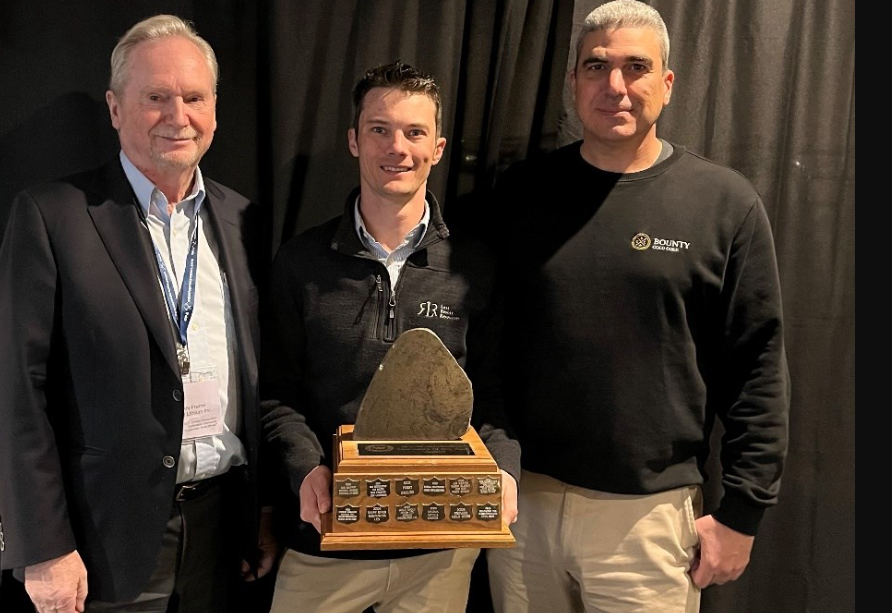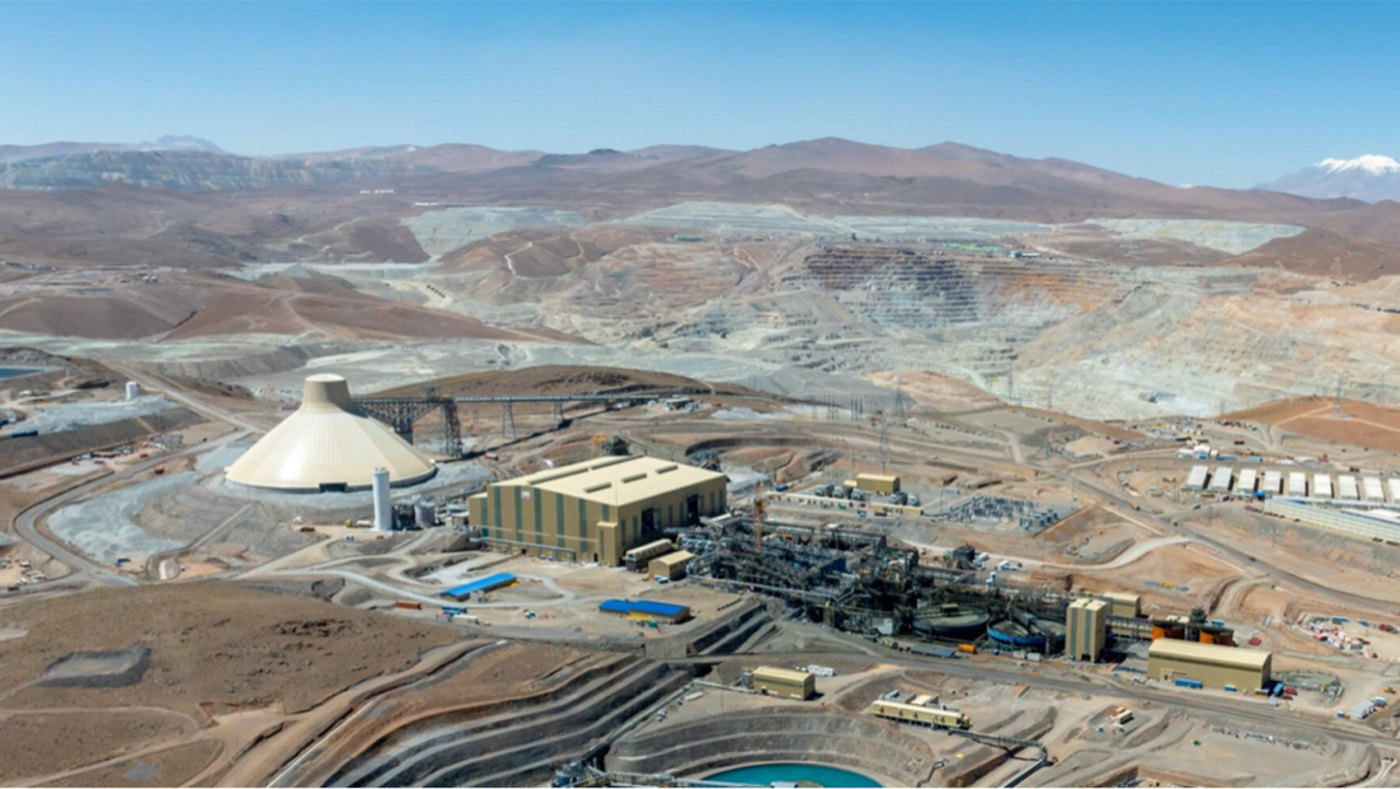VANCOUVER — In late February the Fraser Institute published a survey that labelled New Brunswick the world's most attractive jurisdiction for mineral exploration, and that sounds about right to Puma Exploration. The Quebec-based explorer has been defining a potentially large scale silver camp 20 km north of Bathurst since 2005.
Puma is focused on a 68 km2 land package called the Nicholas-Denys project that hosts nine deposits running over a 10-km strike length. The most promising mineralization has been a silver-lead-zinc horizon on the southern borders of the property, which also holds a copper-rich skarn and molybdenum granodiorite plutons. The company has spent US$10 million on exploration at the site since 2005, including 130 drill holes over 31,000 metres.
“So far we're sure there are two key structures,” explains president and CEO Marcel Robillard during an interview. “The first being the Main fault, and the second being the Rocky-Brook fault. We do have a third one, but it hasn't been defined yet. Each of these structures is ten kilometres long. We have sulphide lens or layers running parallel, the depths vary between surface and around thirty metres, but it is all continuous. Now what could make it really rich is if we find that main sulphide lens and where the transverse fault is cross-cutting the sulphide zones.”
In 2008, Puma delineated its inaugural resource at Nicholas-Denys, which focused on the Hache lens and totalled 181 million indicated tonnes grading 158 g/t Ag, 0.8 g/t Au, 2% Zn, and 1.11% Pb for 1.1 million oz contained silver, 11 million lb zinc, 5 million lb lead, and 6,200 oz gold. Robillard points out that Hache is one of only 16 potential lenses on the property, and says the company is aiming at an eventual resource in the realm of 100 million oz of silver.
“The real advantage for us because when we strip we see the mineralization, so we know where to put the drill and we won't miss,” Robillard explains. “So far this year we've done almost two kilometres worth of trenching ... and 'boom' we find a brand new lens. Initial results have indicated it is really rich, and we'll be releasing those shortly. We have around two million ounces of compliant silver in just one of the lenses so far. Since then we've drilled over twenty thousand metres, and all the holes are hitting some nice stuff.”
The first seven holes from Puma's 2012 drill program continued to hit promising high grade, gold-silver zones in the Hache lens area, with highlights including: 6.4 metres averaging 446 g/t Ag, 1.56 g/t Au, 2.2% Pb, and 5.8% Zn starting at 75 metres depth in hole 12-04; and a new silver-gold discovery in hole 12-07 that includes 1.9 metres of 579 g/t Ag, 1.42 g/t Au, 3.7% Pb, and 5.8% Zn,
“The thing we're really happy about from a regional perspective is that thin overburden. It means we can do a lot of the work with excavators and we don't have to drill right away,” Robillard says. “That saves us a lot of money. Instead of spending in the range of ten thousand dollars per day, we can do it for one thousand dollars.”
Nicholas-Denys location offers additional infrastructure perks that could benefit Puma over the long run. Being just 20 km away from Bathurst allows workers to commute directly from town and the site is close to paved highways, rail transport, a deep water port, and Xstrata's Belledune lead-zinc smelter.
According to Robillard, Puma should be cashed up for the remainder of the year. The company closed two non-brokered private placements worth roughly US$1.7 million over the past two months. Puma issued 5.6 million flow-through units at an issue price of 30¢ per unit.
"We'll go back with the new transverse fault model and really look at those historic ore shoots and the intersections with the main massive sulphide," Robillard concludes.
Puma has 78 million shares outstanding and a $20 million press time market capitalization. The company has been consistently in the 25¢ to 30¢ range over the first half of 2012, and trades at average daily volumes of 41,500 shares.
To read more Northern Miner articles, click here





Comments